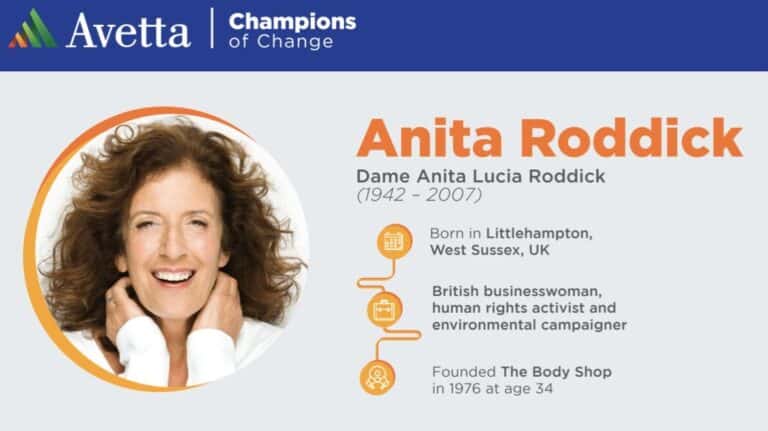Are You Tackling a Problem or a Symptom of the Problem?
If you’re working on a social or environmental problem, have you clearly defined it with your core team or Board?
Too often, we end up focusing on a solution to a problem or an underlying cause of a problem before we’ve really explored or defined the problem itself.
Take, for example, insufficient funding for education. Is this truly a problem?
No, it’s a symptom of many problems… teacher burnout, poor educational outcomes, dropout rates, among other important things.
But which problem do you and your team care about solving, right now?
Here’s another: the need for transitional job training for injured construction workers.
Is this the problem you’re ultimately trying to tackle?
Or is it one possible solution to high rates of substance abuse among unemployed construction workers? Or a possible solution to high unemployment rates more generally?
What is the problem you care about, right now?
Knowing matters. Because before you can understand why something is a problem, or what solutions you want to pursue, you and your team need to agree on the problem that matters most to you.
Test the Problem Definition
Ask yourself: do you talk about the problem in terms of a lack/ excess of something? Then you’re probably talking about a root cause rather than the problem.
Do you talk about the problem in terms of something a population needs or should have? Then you’re talking about a solution.
This is ok, just as long as you’ve clearly agreed on the problem you’re focused on tackling.
If not, you might end up spinning your wheels. More specifically you and your team might:
- Lack clarity about why you’re doing what you’re doing
- Lack focus or coherence across your strategy and initiatives
- Miss opportunities to explore other possible solutions
- Miss other root causes that need to be tackled
Have a conversation with your team.
What are you hoping will change if a certain solution is implemented, or a gap is filled?
Once you’re talking about the end result, the outcomes, you care about–and you all agree on it–you’ve identified the problem you want to work on.
You might be surprised by what you learn.
If you need help clarifying the problem and strengthening (or creating) the strategy around it, reach out. I’d love to hear from you.
Explore Related Topics

Dame Roddick: Why She’s A Champion for Change in Business
Check out this Infographic on Dame Anita Luisa Roddick, founder of The Body Shop and champion for Change

How to Take Action on These 2023 Purpose & ESG Trends
This post summarizes the top trends in Purpose & ESG predicted for 2023 and specific actions you can take to get ahead of them.

How To Solve Complex Social/ Environmental Problems Facing Your Business
Social and environmental challenges face every company, without exception. Follow the steps in this infographic to solve them, before they damage your company’s reputation and value.
